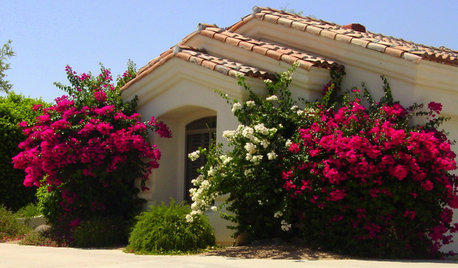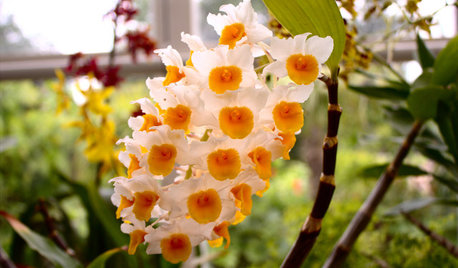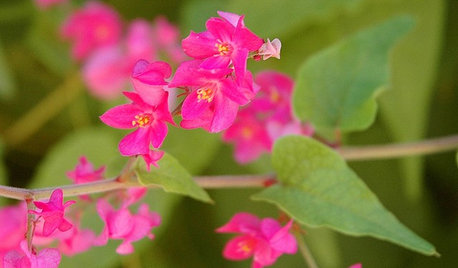Question for raspberry growers!
alicate
17 years ago
Related Stories

YELLOWHot Summer Color Combo: Lemon and Raspberry Sorbet
Dripping with good taste and a lively attitude, rooms swathed in sorbet yellow and raspberry are delicious looking in summer
Full Story
FUN HOUZZHouzz Quiz: What's Your Decorating Style?
Answer these 9 questions to find out what decorating style suits you best
Full Story
LANDSCAPE DESIGNGreat Design Plant: Sun-Loving Bougainvillea Showers Yards With Color
Bring unbeatable vibrancy to a garden or wall with this unfussy and trainable shrub packed with colorful bracts
Full Story
SUMMER FRUITS AND VEGETABLESHow to Grow Your Own Fresh, Sweet Corn
Here's how to plant and care for your own mini cornfield
Full Story
HOUSEPLANTSOrchids 101: Try Something Different With Dendrobiums
If you’re looking for something out of the ordinary, these orchids may be a good choice
Full Story
CONTAINER GARDENSPatio-Perfect Berry Bushes Like You’ve Never Seen
Small enough for pots but offering abundant fruit, these remarkable bred berries are a boon for gardeners short on space
Full Story
MOST POPULARSummer Crops: How to Grow Sunflowers
Savor snack-tastic sunflower seeds once the radiant blooms have faded — if the birds have saved you any, that is
Full Story
HOUSEPLANTSHow to Grow Orchids Indoors
Orchids are the exotic aristocrats of the flower world and can make themselves comfortable in almost any home
Full Story
GARDENING GUIDESGreat Design Plant: Antigonon Leptopus in California and Desert Gardens
Dry climates can enjoy sprays of delicate pink flowers and heart-shaped leaves on this drought-tolerant, summer-flowering vine
Full Story
GARDENING GUIDES10 Easy Edibles for First-Time Gardeners
Focus on these beginner-friendly vegetables, herbs, beans and salad greens to start a home farm with little fuss
Full StorySponsored






scenter
slubberdegulion
Related Professionals
Foothill Ranch Landscape Architects & Landscape Designers · Garden City Landscape Architects & Landscape Designers · Sahuarita Landscape Architects & Landscape Designers · Anderson Landscape Contractors · Concord Landscape Contractors · Fort Payne Landscape Contractors · Hendersonville Landscape Contractors · Mercedes Landscape Contractors · Quincy Landscape Contractors · Uxbridge Landscape Contractors · Cordele Carpenters · Oak Forest Carpenters · Valley Stream Carpenters · Carmel Siding & Exteriors · Franklin Square Siding & ExteriorsalicateOriginal Author
writer
jcsgreenthumb
francis_eric
francis_eric
alicateOriginal Author